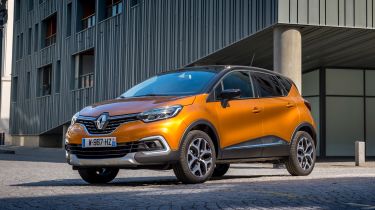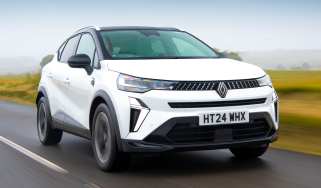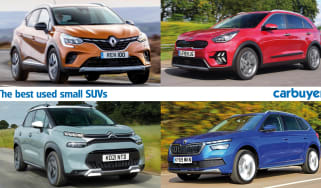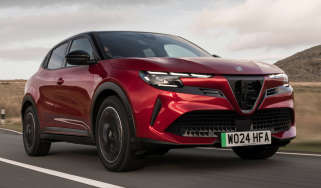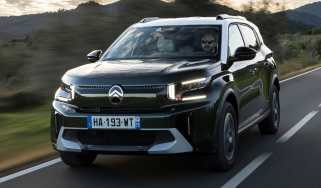Used Renault Captur review: 2013 to 2019 (Mk1) - Running costs, MPG, CO2 emissions and insurance
The Renault Captur is a small, light car with various efficient engines, so it will be cheap to run
The Renault Captur is a small car, and its engine range is relatively efficient, so it’s likely to be very cheap to run. This is one of the car’s main selling points, especially in diesel form. Servicing and maintenance bills should be low as well, since the Captur shares many parts with the cheap-to-run Clio supermini. Plus, Renault offers fixed-price servicing packages to keep things simple.
How much do used Renault Capturs cost?
The Renault Captur costs about the same as an equivalent Peugeot 2008 or Nissan Juke, as these models were all a similar price when new as well. When the new Captur Mk2 launched in 2019 the Mk1 model dropped a little and became even better value as a used car, despite its decent residual values. This means it shouldn’t lose too much money when you come to sell the car on, unless the current trend for SUVs dies down – and it shows no signs of doing so.
There are plenty for sale, as you can see on our sister site Buyacar (where you’ll also be able to see up-to-date prices for the model and compare them to rivals). This means you should be able to find a model that’s right for you for sale that’s reasonably close by.
More reviews
In-depth reviews
Used car reviews
- Check our sister site BuyaCar for up-to-the-minute Renault Captur Mk1 prices.
What’s it like for fuel economy, emissions and tax?
The entry-level petrol is a turbocharged 0.9-litre TCe that returns 45.6mpg and produces CO2 emissions of 122g/km. Above that, there's a 1.3-litre turbocharged engine with either 128 or 148bhp, which manage 44.1 and 43.4mpg respectively. They’re quite powerful in a small car like the Captur, so those fuel economy figures look reasonable.
The 1.5-litre dCi 90 diesel Captur is the most economical model, achieving up to 53.3mpg in mixed driving and CO2 emissions of 112g/km. Renault has given all Capturs an 'Eco' button on the dashboard, which limits engine power and increases fuel economy by up to 10 per cent.
It can be hard to compare fuel economy between all models because the way this was measured changed in the middle of the car’s production. This means earlier models have claimed figures that are much higher, but don’t expect them to live up to that in normal driving. For example, the 1.5-litre diesel in early cars is very similar to the later one mentioned above, yet it’s claimed to return more than 72mpg.
Similarly, the older 1.2-litre petrol motor is claimed to return more than 52mpg, but we’d expect it to be more in line with the 40-ish mpg that the later 1.3-litre petrol engine returns.
Models built before April 2017 have variable tax based on CO2 emissions – the 1.5-litre diesel is notable for being free to tax, for example. Cars built after that date cost £155 a year to tax.
How much will it cost to insure?
The Renault Captur is pretty cheap to insure, no matter which model you pick. TCe and dCi 90 models are the least powerful and also the cheapest to insure, sitting in groups 8 and 11 respectively.
The 1.5-litre diesel is in groups 11 to 15, while the 1.2-litre petrol in earlier cars is in group 14. The later 1.3-litre petrol is in group 19 in 128bhp form and group 21 in 148bhp form.

